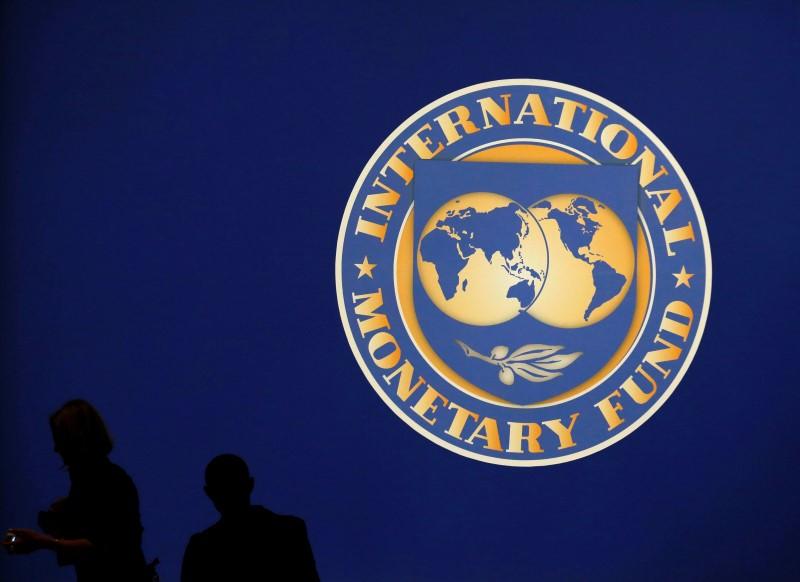
This reflects a slight departure in the approach of the Finance Ministry that had earlier prepared next three fiscal years plan while keeping in mind requirements of the International Monetary Fund (IMF) for the three year period, said sources in the Ministry of Finance. The next three-year plan for the period from the fiscal year 2019-20 to 2022-23 had also been shared with the IMF.
The original three-year plan was steep and challenging due to the IMF’s desire to implement most of the difficult policies during the first two years of the PTI government, said the sources. Yet the IMF was not satisfied with these measures, as it wanted that Pakistan should take a majority of the measures in the remainder of this fiscal year and in the next fiscal year, said the sources.
The sources said that there were dissenting views within the ruling party, as some senior party members wanted to take a different line of action. They wanted the Finance Ministry to adopt an incremental approach for increasing tax revenue while simultaneously supporting economic growth by setting relatively relaxed budgetary targets.
Now, the Finance Ministry has been instructed by Prime Minister Imran Khan to prepare a five-year plan until the fiscal year 2022-23 while keeping these priorities in mind, said the sources.
The talks between Pakistan and the IMF are already moving at snail’s pace and no immediate breakthrough is expected, said the sources. However, both the sides have still maintained contact. If the Finance Ministry shifts from the steep path to an incremental approach, the chances of an early IMF programme will be very low, said the sources.
Finance Minister Asad Umar reportedly on Thursday informed a selection of TV news anchors that Pakistan can survive without the IMF.
The government has decided to include the fifth year in the macroeconomic framework, confirmed Dr Najeeb Khaqan, the official spokesman of the Finance Ministry. He said that the government has not made any changes in the targets that it earlier set for the next three years.
The plan, along with the mini-budget, could be tabled in the National Assembly in the near future. Before that, the plan will be shared with the Prime Minister and other party members. The PTI government has been compelled to introduce a mini-budget due to Rs173 billion shortfalls in tax revenues during the first half of the fiscal year.
The ‘homegrown’ plan was also shown to some independent economists by the Finance Ministry on Thursday.
The PTI government plans to set an overambitious tax collection target of over Rs8.2 trillion for its fifth year in power, as it faces a difficult task to meet growing debt servicing requirements that are projected to eat up more than 45% of tax revenues.
The FBR’s tax-to-GDP ratio target could be set around 14%, as against the current 11.2% ratio. The government has also made rosy projections for the external sector, expecting that current account deficit will be $9 billion in next fiscal year on the back of $31 billion of exports and $58 billion imports. Overseas workers' remittances are projected to cross $23 billion next year, said the sources.
The overall size of the federal budget is also projected to increase from upward revised Rs5.4 trillion of this fiscal year to over Rs8.5 trillion. The budget size is expected to increase by more than half, primarily because of interest payments. Interest payments are projected to grow by over 75%.
The macroeconomic framework has projected primary balance from next fiscal year – a measure that shows the government’s fiscal balance is positive excluding the interest payments. This is the key reason behind the highly ambitious tax collection targets for the Federal Board of Revenue for the next few years, said the sources.
After the second mini-budget, the size of the budget for the fiscal year 2018-19 is expected to grow to Rs5.4 trillion, primarily because of growing debt servicing costs that are now estimated at nearly Rs2 trillion. The central bank’s decision to increase interest rates remains the key factor behind growing debt servicing cost.
The government’s working showed that without a mini-budget, the FBR cannot collect more than Rs4.1 trillion in taxes for the fiscal year 2018-19. After the mini-budget, the sources said, the government expects that the FBR will be able to collect over Rs4.45 trillion.
But for the fiscal year 2019-20, starting from July, the government is considering a Rs5.5 trillion tax collection target for the FBR. For the fiscal year 2019-20, the overall size of the budget is projected at Rs6.6 trillion –a Rs1.2 trillion increase. Current expenditures are projected to grow to Rs5.9 trillion on back of high debt servicing costs.
For next fiscal year, interest payments are projected at Rs2.8 trillion, 38% higher than this fiscal year. Debt servicing will consume 47% of the FBR’s tax collection. Despite a surge in debt servicing cost, the government expects that the primary balance will be in surplus.
Defence spending is also projected to rise by 15% over the previous year.
For the fiscal year 2020-21, the size of the budget could be Rs7.5 trillion because of a surge in interest payments. The interest payments may increase to Rs3.3 trillion in 2020-21. These will consume 47% of the total FBR’s taxes. Defence spending could hit Rs1.5 trillion –which would be an additional 14% increase.
For the fiscal year 2020-21, which will be the third year of the PTI rule, the FBR’s a tax collection target of around Rs7 trillion is being considered, said the sources.
The government expects that because of higher tax revenues, it will be able to generate a surplus.
For the fourth year, the size of the budget is projected to grow to Rs8.2 trillion. Interest payments are projected at Rs3.5 trillion and will eat up 43% of the FBR’s revenues, according to the projections.

1725783822-0/Tribune-Pic-(15)1725783822-0-165x106.webp)



1732486769-0/image-(8)1732486769-0-270x192.webp)











COMMENTS (2)
Comments are moderated and generally will be posted if they are on-topic and not abusive.
For more information, please see our Comments FAQ